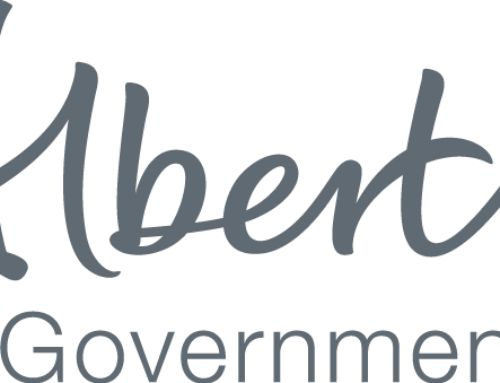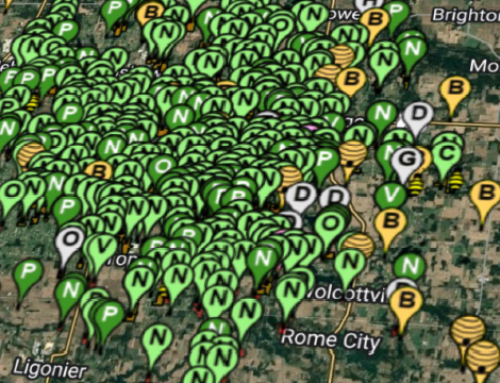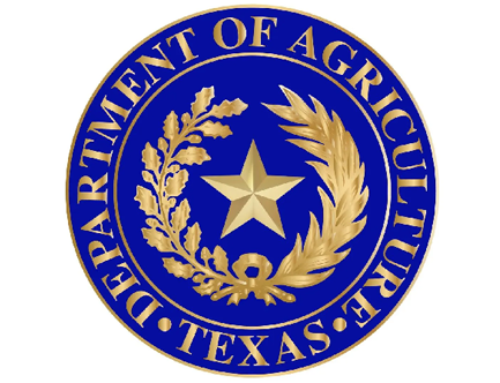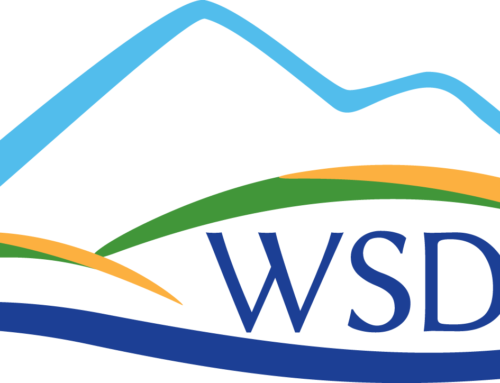An Interview with Jared Shaffer, FieldWatch Ohio Data Steward
In this interview, Jared Shaffer, Ohio’s data steward since 2018, explains his role and why it’s important for every state (or Canadian province) to be involved with FieldWatch. “That’s helped everyone be more aware of the potential risks and be more proactive in reducing pesticide damage,” he states.
At the Ohio Department of Agriculture (ODA), Shaffer is the program administrator for the Division of Plant Health and has been managing crop registries since 2013, when ODA ran their own program. Ohio joined FieldWatch as a state member in 2018.
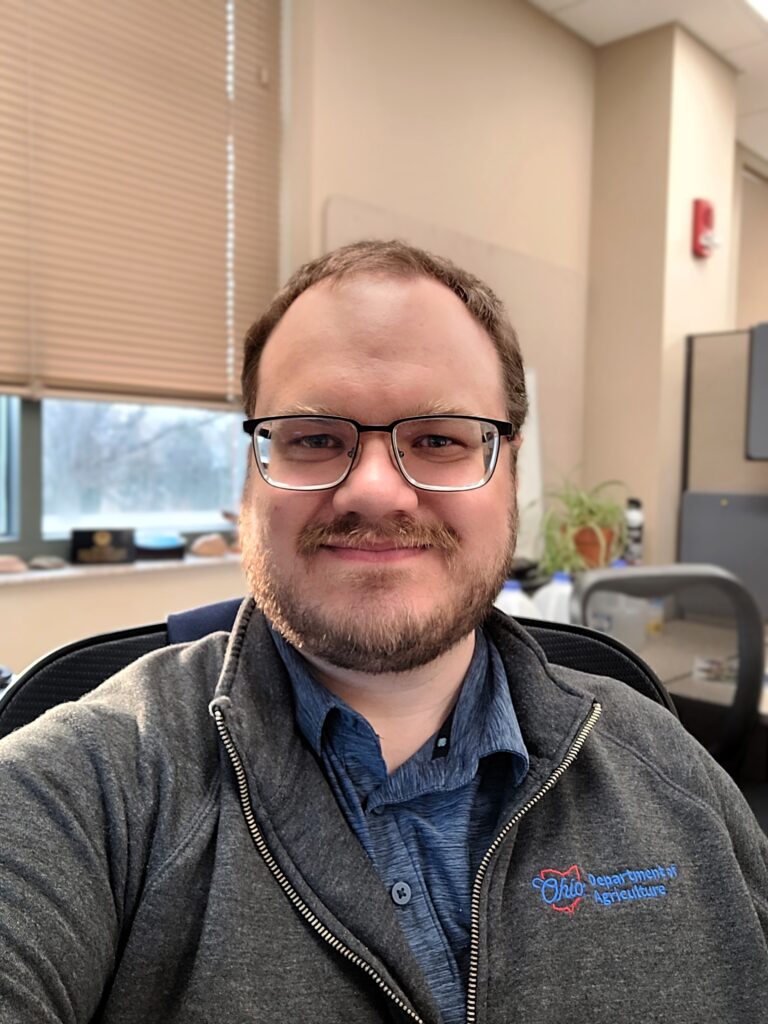 FieldWatch (FW): Why is FieldWatch important to farmers and beekeepers in Ohio?
FieldWatch (FW): Why is FieldWatch important to farmers and beekeepers in Ohio?
Jared Shaffer (JS): FieldWatch registries are pretty significant to Ohio agriculture. Food and agriculture is Ohio’s number one industry – almost half the land in Ohio is used for farming, over 13 million acres. Ohio is one of the top ten states for tomatoes, pumpkins, peppers, nursery stock, and even Christmas trees, to name a few specialty crops. We also have quite a few beekeepers in the state — over 60,000 honey bee colonies.
FieldWatch plays an important role in communication due to the large number of specialty producers and beekeepers in Ohio and with our large number of aerial pesticide applicators. Additionally, with our state’s notification requirements for honey bee apiaries, FieldWatch makes it so much easier for applicators to know where these apiary sites are and whom to contact about them.
FW: As a data steward, what is your experience with FieldWatch?
JS: When new crop sites or honey bee apiaries are added to the registry, I first review and approve them before those sites appear on the map for other users to see. For example, when a user adds a honey bee apiary through BeeCheck, I cross-check that apiary with our department. Apiaries in Ohio are supposed to be registered with ODA’s Apiary Program. Crop sites are a little easier to validate – we make sure the site is following the program’s scope and is for commercial agriculture rather than a private residence.
The ODA office sends out the renewal communication each year for FieldWatch users. We feel it is important that the users know ODA is involved and encourage use of the FieldWatch program.
FW: How do you handle these renewals?
JS: We handle FieldWatch renewals in a similar way as our license and certification renewals. At least 30 days before the registered sites expire (March 31 for crops and April 30 for apiaries), I pull a list of sites from the system and find users with at least one site that is due for renewal. The email is sent from an ODA address and uses our branding. All communications provide instructions on how to sign in and renew the sites.
We also have several users who do not have an email address, for whom I manage the sites. For those users, I will renew the sites myself, then mail a letter confirming that their site has been renewed and to contact me if something needs to be changed.
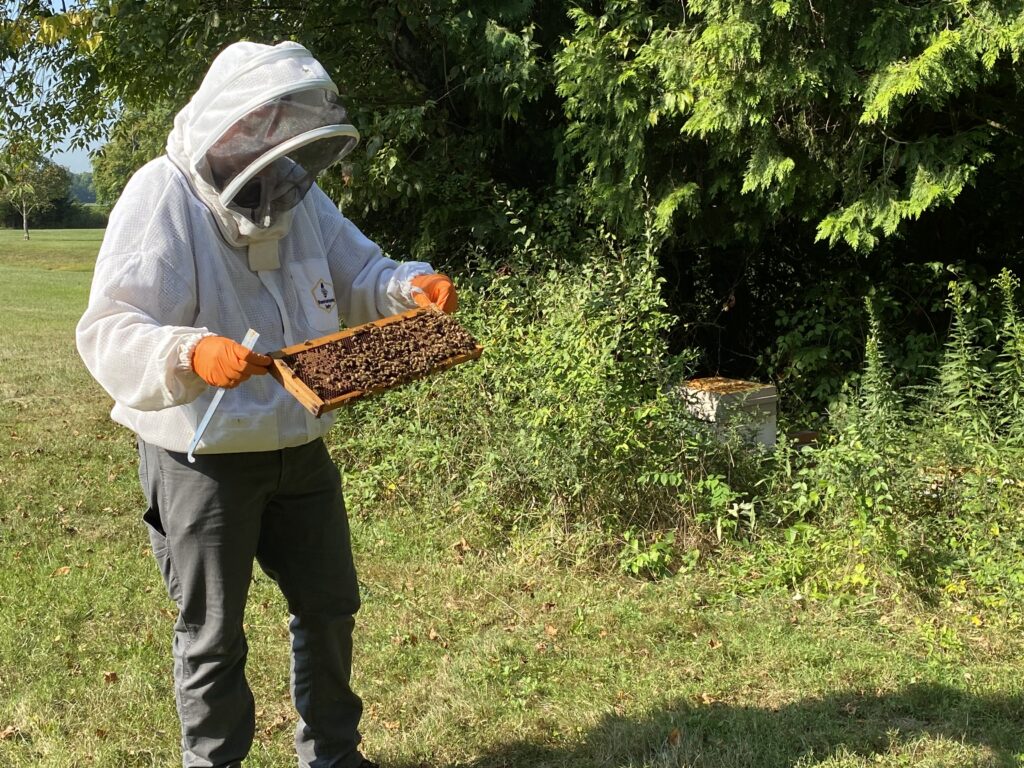
FW: How do you encourage different agricultural stakeholders to participate in FieldWatch?
JS: We are fortunate in Ohio to have a strong relationship with the Ohio State University Extension program, so we can leverage their county-level knowledge and networks to help spread the word about the FieldWatch registries.
While ODA regulates licensed pesticide applicators and beekeepers in Ohio, there are many farmers with whom we don’t communicate on a regular basis. In addition to mailings, we rely on the OSU Extension county offices and the Ohio Pesticide Education Safety Program to reach unregulated parties. Additionally, there are many annual conferences that grower associations and related groups put on, and we try to attend as many as possible. But we really do depend on our partners to reach as many people as possible.
FW: What else would you like people to know about FieldWatch and its impact?
JS: I think one of the biggest benefits is that it helps us modernize communication between stakeholders. Before FieldWatch, if a pesticide applicator wanted to know where the apiaries were, they would have to fill out a public records request, and our Apiary Program would send them a list of addresses. That had very limited usefulness. Now applicators have access to an online map with FieldCheck that’s available 24/7, and they can see exactly what’s around them in relation to their spray target. That’s helped everyone be more aware of the potential risks and more proactive in reducing pesticide damage.



